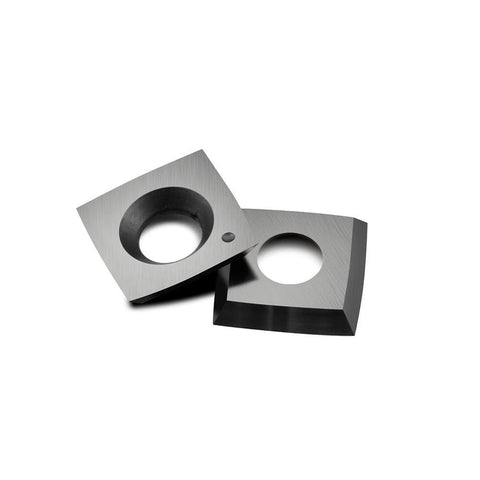What Is The Strongest Carbide Insert Shape?

The Ultimate Guide to the Strongest Carbide Insert Shapes for Cutting Tools
Carbide inserts are critical components in machining, known for their durability and precision. When it comes to choosing the strongest shape for these inserts, various factors come into play, including cutting conditions, tool material, and the type of material being machined. Carbide, a composite of tungsten and carbon, is prized for its hardness and resistance to wear. However, the insert's shape plays a pivotal role in determining its performance and lifespan.
Among the array of carbide insert shapes, the indexable inserts - like the square, triangular, and round - are especially popular due to their versatility. Each shape offers unique advantages tailored to specific applications. The square insert, for example, is renowned for its stability and cutting precision, making it ideal for machining operations that require high accuracy. Its sharp corners facilitate effective cutting, but these edges can be more prone to chipping under extreme conditions.
In contrast, triangular inserts are favored for their aggressive cutting capability and high material removal rates. The three cutting edges of a triangular insert provide efficient cutting, but they may not offer the same stability as a square insert. Triangular shapes excel in operations where rapid cutting is more important than fine detail, such as in heavy-duty roughing applications.
Round inserts, on the other hand, are designed to offer the ultimate in wear resistance and edge strength. Their smooth edges reduce cutting forces and help in achieving a consistent finish, even in challenging materials. The round shape provides excellent tool life and is particularly effective in applications involving continuous cuts or where vibration is an issue.
The ultimate choice of carbide insert shape often depends on the specific machining requirements. For instance, if precision is paramount, a square insert might be the go-to option. However, if the priority is high-speed cutting and chip removal, a triangular or round insert could be more suitable. Each shape's inherent properties must be carefully considered to match the cutting conditions and material characteristics.
Moreover, advancements in carbide insert technology continue to push the boundaries of performance. Coatings and new carbide formulations enhance the durability and effectiveness of these inserts, making them suitable for even more demanding applications. The integration of advanced coatings can improve the wear resistance and thermal stability of carbide inserts, extending their service life and efficiency.
Choosing the strongest carbide insert shape ultimately involves a balance between cutting performance, tool longevity, and specific machining needs. By understanding the distinct advantages of each shape and considering the operational requirements, machinists can select the most appropriate carbide inserts to achieve optimal results in their machining processes.

